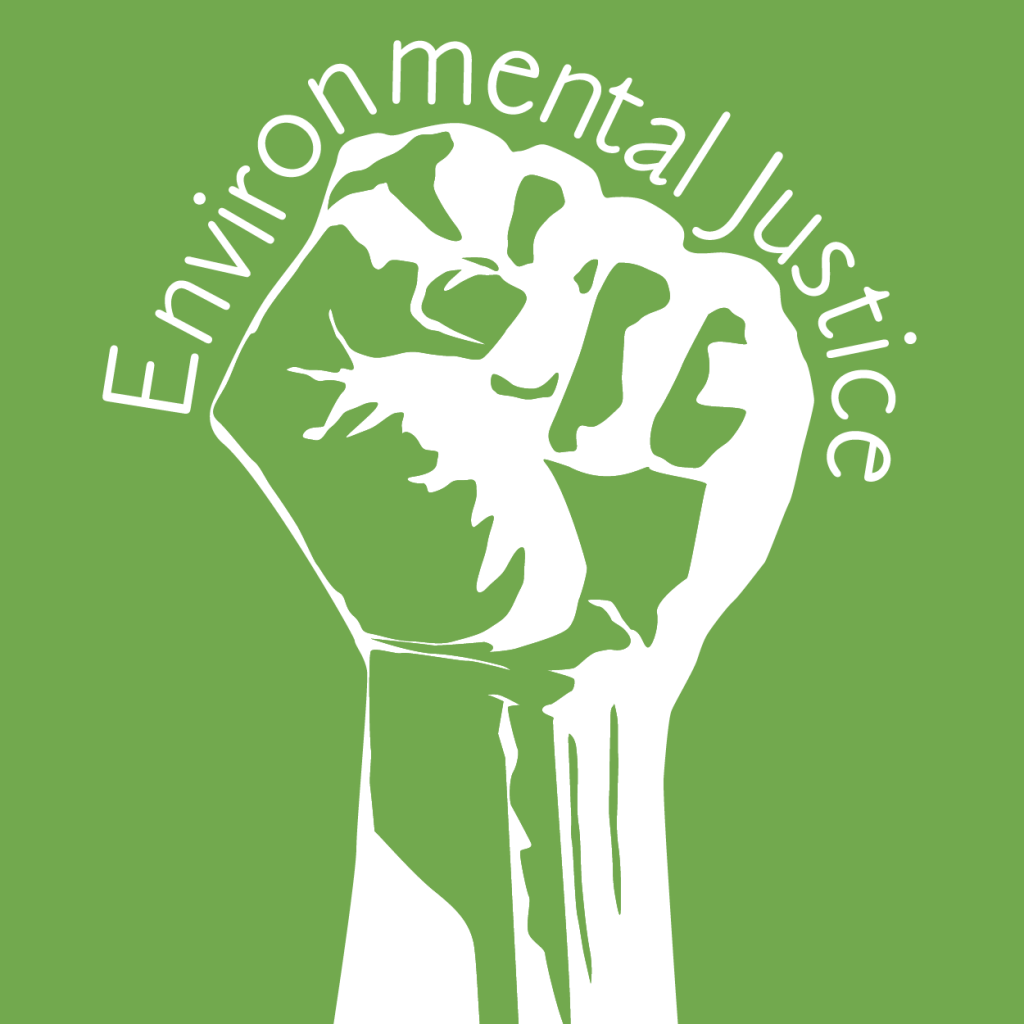~Jacqueline Phelps
Pursuant to state law, environmental justice means “the fair treatment of people of all races, cultures, and incomes with respect to the development, adoption, implementation, and enforcement of environmental laws, regulations, and policies.” (California Government Code, 2019). Many of us understand why the consideration of environmental justice in decision-making processes is essential, and have experienced the inequities that have resulted in our communities when it is not. Maybe the community that you grew up in doesn’t have adequate access to open space, or maybe there are too many industrial facilities that have resulted in a heavy pollutant load. These are examples of how land-use decision-making has served to disproportionately assign environmental burdens and benefits throughout the communities that we are a part of.

Unfortunately, the environmental injustices that are embedded within our communities have been perpetuated by institutions over time, and we know that the quality of our lives and the lives of those that we care about are impacted. For example, numerous studies including by Nigra et. al (2020), have found that inequalities in exposure to drinking water contaminants throughout the United States stem from inequalities in the implementation of both land use policy and zoning decisions. Furthermore, disproportionate burdens often fall on lower-income and minority communities (Schaider, 2019).
Screening tools, such as CalEnviro Screen, have been developed in order to help with the identification of communities that have been overburdened by pollution. This tool is accessible to the public, and I encourage you to explore the data available for the communities that you are a part of: https://oehha.ca.gov/calenviroscreen/report/calenviroscreen-30. In addition to identifying overburdened communities, it is critical to examine how environmental burdens fit into a larger policy framework. How does environmental policy intersect with housing policy, or economic development (Corburn, 2017)? Understanding this policy context and the associated decision-making processes are essential for creating more healthy communities and enhancing the accessibility to clean environmental resources.
As the effects of climate change continue to intensify, adverse environmental outcomes will continue to increase within overburdened communities. Not only will air pollution worsen but other adverse effects, such as reduced access to clean water, will be exacerbated (Rudolph, 2018). According to Rudolph (2018), “Climate change acts as a threat multiplier, exacerbating poverty, environmental degradation, and political instability.” As such, it is critical to not only address the environmental issues that exist today but to also create proactive policies and plan for issues that may arise in order to avoid future adverse environmental outcomes.
In Environmental Policy and Planning- PA-5ST-01 we will examine the topic of environmental justice, as well as strategies that can be implemented in order to avoid perpetuating concentrated environmental burdens. Additionally, we will hear from local professionals with expertise in this area, and they will share their approach to initiating policy change in our local communities. Furthermore, we will examine environmental justice policies that are currently being implemented at the state level, as well as a variety of other important environmental topic areas. Please feel free to contact me at jphelps@callutheran.edu if you have any questions about this course. I look forward to seeing you in class!
References:
California Government Code, § 65040.12, (2019). https://leginfo.legislature.ca.gov/faces/codes_displaySection.xhtml?lawCode=GOV§ionNum=65040.12
Corburn, J. (2017). Concepts for studying urban environmental justice. Current Environmental Health Reports, 4(1), 61–67. https://doi.org/10.1007/s40572-017-0123-6
Nigra, A. E., Qixuan Chen, Chillrud, S. N., Lili Wang, Harvey, D., Mailloux, B., Factor-Litvak, P., & Navas-Acien, A. (2020). Inequalities in Public Water Arsenic Concentrations in Counties and Community Water Systems across the United States, 2006-2011. Environmental Health Perspectives, 128(12), 127001-1-127001–127013. https://doi-org.ezproxy.callutheran.edu/10.1289/EHP7313
Rudolph, L., Harrison, C., Buckley, L. & North, S. (2018). Climate Change, Health, and Equity: A Guide for Local Health Departments. Oakland, CA and Washington D.C., Public Health Institute and American Public Health Association.
Schaider, L. A., Swetschinski, L., Campbell, C., & Rudel, R. A. (2019). Environmental justice and drinking water quality: are there socioeconomic disparities in nitrate levels in U.S. drinking water? Environmental Health: A Global Access Science Source, 18(1), 1–15. https://doi-org.ezproxy.callutheran.edu/10.1186/s12940-018-0442-6
